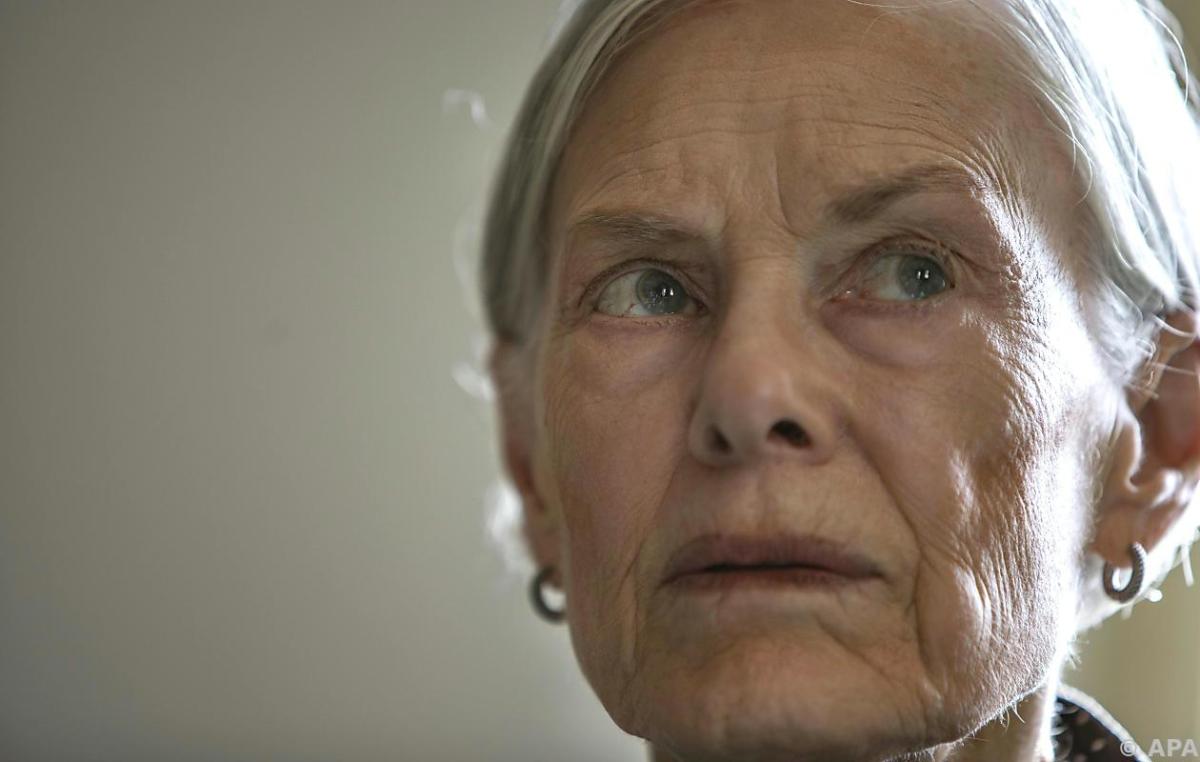American dance icon Lucinda Childs, 83, was a guest at this year’s ImPulsTanz festival with two acts. On Friday, “Relative Calm” – a new version of the collaboration with Robert Wilson – celebrates its Austrian premiere at the Volkstheater, from July 16 Childs himself will be on stage as part of the “Distand Figure” and will then show a new dance work. .
In an interview with APA, the grand dame of choreography gives insight into her new work, talking about the desire to revive past works and the merits of minimal music.
APA: This time you’re here with two acts, and the eagerly awaited feature is the single “Description (For Describe)”, where you’re yourself on stage. What is all this performance?
Childs: The production dates back to 2000. At that time I was very interested in a script by Susan Sontag and actually got to meet her at that time. I told her it would be a really fun play. Because I’m a dancer and choreographer, but since I met Robert Wilson, I’ve also enjoyed stage performances. So we showed it twice in Paris, two years ago in Italy and now in Vienna.
APA: So you don’t put on the play very often…
Childs: No, it’s special because it’s only 20 minutes. It is not a complete programme. Here in Vienna we combine it with pieces made by Philip Glass.
APA: What inspired you to create this new work on Philip Glass Etudes?
Childs: Glass celebrated her 85th birthday a year ago, and to mark the occasion, a number of choreographers were invited to choose one of 20 piano pieces. Each of the five choreographers choreographed a painting. This work is performed here, but also a new piece of art as a world premiere.
APA: You’re working with the MP3 Dance Project in Vienna in the evening. How was the cooperation with this Italian company?
Childs: Well, Michelle Bugliani was a key member of my company in the ’80s. A few years ago we met again in Rotterdam, where we were invited to do a play. He was telling me about his company and I was like, oh, that’s interesting, maybe we can do something together. His team is still young, but very professional.
APA: When you say that dancers are very young, how do you think companies have changed over the past few decades?
Childs: Well, I think there are more opportunities now for students and young professionals. It’s very important and I’ve enjoyed working this way.
APA: In recent years, you have returned again and again to the old works. What insights do you get from these new surveys of your classics?
Childs: It’s important to me because if these pieces are not revived, they could be lost and forgotten. We have films, pictures, and texts about it, but they were, in fact, made for performance. So I’m always very happy when I get the chance to do that over the years.
APA: But is it a new version or a new interpretation?
Childs: Well, of course there is some flexibility, but the choreography, the steps, the dancers’ relationship to the music, it all stays the same. I don’t change anything.
APA: Do you think that the choreographer’s work is always associated with the creator, or does it continue?
Childs: It depends on how you arrange it. With Cunningham, there is now a foundation that enables some companies to re-perform old choreographies. They store everything in a kind of “capsule”: lighting, costumes and all the details. We’re working on preserving some of my work so other companies can bring it back to life.
APA: The idea to perform “Relative Quiet” again came to Wilson and you during the pandemic. what is all of this?
Childs: This is very special. We did “Relative Quiet” together in the ’80s. Wilson wanted to do something new as part of the revival, but I was happy with the old track. However, Wilson wanted to combine it with the music of John Adams.
APA: You also included Stravinsky’s “Pulcinella Suite.” Why did you choose this piece?
Childs: It was commissioned for a festival in Rome. And the combination of Stravinsky and postmodern composers Adams and Gibson was something that was really interesting to me, and it was quite a challenge. I’ve never done anything like this before.
APA: Of course the audience hears the difference in the music, but are those differences also reflected in the dance?
Childs: Yes, Stravinsky’s music is very different. But there are some conceptual structures that are similar when analyzing the score. And I always work with the result as a structure. The entire choreography is based on the structure of the music. And I think it’s an opportunity to see things differently, but not completely different. There is some kind of connection, there is a bridge between these works.
APA: What makes simple music so interesting for choreographers?
Childs: In New York, where I’m from, the whole minimalist tradition started in the ’60s. The conceptual work impressed me because it is abstract. Everyone says beyond minimal means redundancy. Yes, it is true that we repeat ourselves but we never repeat ourselves in the same way and we are interested in the process, what you can do with the materials, how you work with it, how it is handled. And people have to get into that aspect and wait to see how things evolve…
(Service – ImPulsTanz: Lucinda Childs / Robert Wilson: “Relative Calm”, July 7-10 at the Volkstheater; Lucinda Childs & MP3 Dance Project: “Far-Shaped”, July 16-17 at Akademietheater. www.impulstanz.com/ )

“Travel aficionado. Certified problem solver. Pop culture guru. Typical writer. Entrepreneur. Coffee trailblazer.”







More Stories
The stage is being set for Taylor Swift.
Heidi Klum and Caro Daur & Co. also love these chic shirts for everyday wear.
Local premiere in Kirchstetten – noe.ORF.at